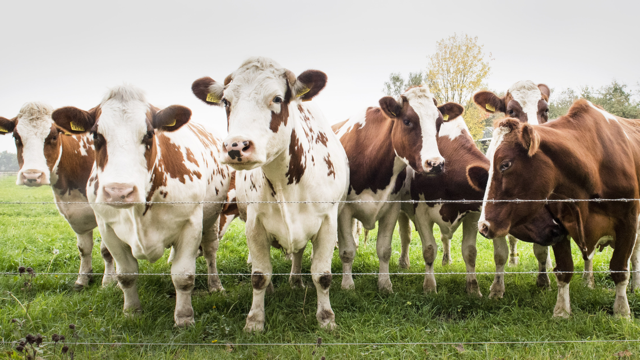This World Environment Day, Here's How You Can Engage With Nature
Tomorrow is World Environment Day, an initiative started by the UN way back in 1972. Since I’m an ecologist by trade, I wanted to share some thoughts on the concept itself, biodiversity loss, and what we as individuals can to do become more engaged in the environment in general.
While lately overshadowed by the Conference of Parties, World Environment Day (WED) has had some historical significance in the past, with the Rio Summit held on this day back in ‘92, and the ‘77 WED was a key forum for spreading knowledge about the destruction of the ozone layer. The first WED was held in ‘73, making this year the 50th anniversary.
Climate change is the big political talking point when it comes to the environment these days. Yet when it comes to biodiversity loss, climate change is not the big threat. Land use change, habitat destruction and fragmentation, and invasive species are far more present threats. Those are what’s driving the sixth mass extinction event we currently find ourselves in.
Let’s get some gripes out of the way first, before focussing on the positives. The year’s theme is Solutions to Plastic Pollution, and it is a little exhausting for a UN-led initiative to talk about this six months after they had Coca-Cola – one of the world’s leading plastic polluters - sponsor COP27. But at Ducky, we try to be more focussed on what individuals can do, rather than what governments and corporations don’t, so let’s move on.
Luckily, a lot of the actions that we as individuals take to limit climate change help limit biodiversity loss. Cutting down on consumption of goods, reducing fossil fuel use, eating less meat (especially beef), these all limit habitat destruction and fragmentation. That last one is a big one – last estimates indicate that of all the total mass that mammals make up on this planet, humans, our livestock and pets make up 96%, and cows alone are 35%.

There are also some more seemingly minor but useful, fun things you can do to help improve biodiversity and engage more with the natural world.
If you’re lucky enough to own a garden, don’t keep a manicured lawn. Letting your garden grow a little wilder helps let native plants take hold, which in turn helps native insects, birds and all sorts of other life forms maintain populations in urban or semi-urban environments. Your 20 square metres might not seem like much, but small patches of wilderness dotted throughout a landscape can make a big difference. Insect hotels and bird boxes also help.
You can also minimise your impact when you’re out in the wild. Take what you bring with you. Don’t disturb environments if you don’t need to – even something as seemingly innocent as building a cairn can cause temporary damage to river ecosystems. If you’re fortunate enough to have a four-legged friend like a cat or a dog, make sure they’re not running around outside unsupervised. Outdoor cats are a leading cause of mortality for small birds and mammals every year, and off-leash dogs also cause a lot of problems for ground-nesting bird populations.
You can also support initiatives that help restore ecosystems and protect habitats. The formation of protected areas give wild populations a huge boost. Take an interest in nature wherever possible. If you like photographing birds, insects or any sort of wildlife, upload those photos to iNaturalist! They go into an online database that helps biologists the world over understand species and plays an important role in their protection.
Encourage urban forestry! Trees help create cooler microclimates and manage hot summers. Educate your kids about wildlife and why it’s so important. Research zoos before you visit them to make sure they treat their animals well. Enjoy wildlife documentaries.
A thriving natural world gives humans countless benefits, from preventing pandemics and giving us new medicines to helping our mental health and providing a source of wonder and excitement. Let’s make sure it’s still thriving when our grandkids are our age.
.jpg?)